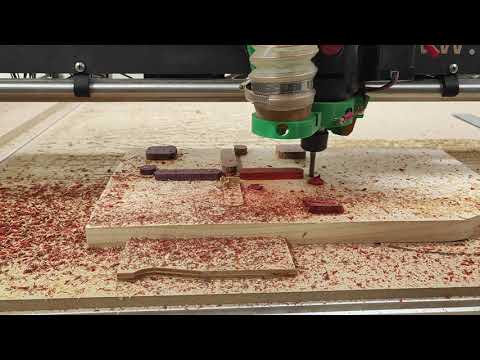Here you go, completely unedited and unlisted. You can see it especially in the red heart. The purple heart is end grain, there is no movement, the rest is face grain. I am also playing around with the speed to check when it happens. ![]()
@vicious1 I volunteer for the new beam stress test. ![]() My router still has reserves.
My router still has reserves. ![]()
